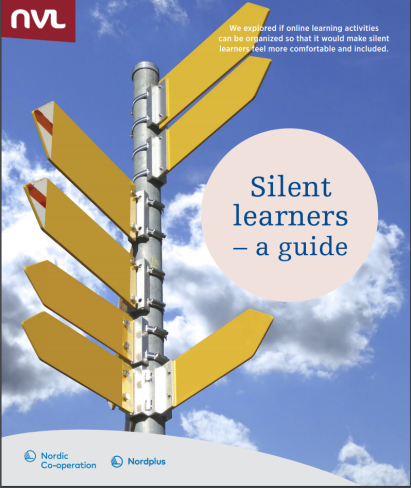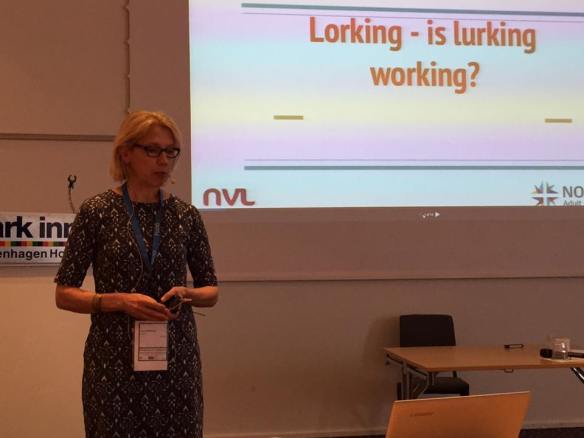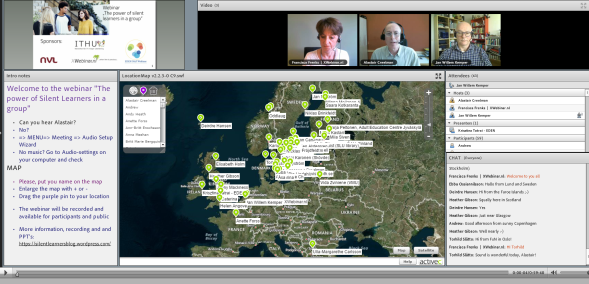Read the whole tweetchat session from 8 March on Storify.
Some learners are more active than others. Some enjoy group work but others avoid it if at all possible. Some prefer to listen, observe, reflect and learn without needing to actively participate.
Active participation is expected and rewarded today but do active participants learn more than silent learners? Should we try to encourage everyone to be active or can we accept diversity and find ways of including the silent learners in the course?
Join us in a tweetchat on this theme at 20.00 CET on Wednesday 8 March at 20:00 CET. We will be running this event in cooperation with EDEN (European Distance and E-learning Network and therefore the hashtag will be #EDENChat. Make sure you tag all tweets in the discussion with #EDENChat!
Watch how to take part in a tweetchat.
This #EDENChat is followed by a webinar on 15 March at 15.00 CET: The power of silent learners in a group
#EDENChat is a scheduled online discussion event on Twitter where anyone can join in and contribute to the discussions on current issues in distance, open and e-learning. In the most recent #EDENChat we discussed innovation in teaching. Read all the archived discussions here.






 By Carola Eklund
By Carola Eklund
